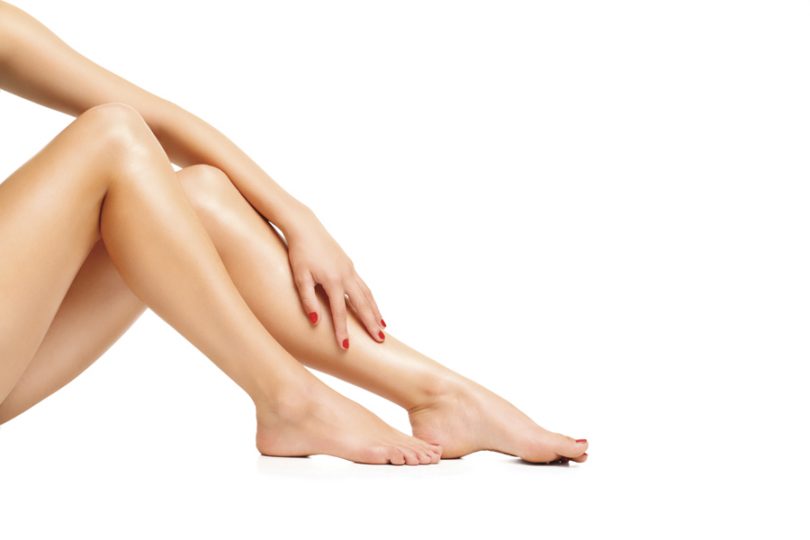When temperatures drop, take extra steps to keep your skin supple. Have you ever wondered why your skin becomes so dry and flaky in winter? The outer layer of skin, or epidermis, is made up of proteins and lipids (fats). The epidermis serves as a protective barrier. It keeps bad things (like bacteria) out and good things (like water and nutrients) in.
Dry skin results from water loss in the epidermis, which can happen for a number of reasons. Decreased humidity in winter saps moisture from the skin. Long, hot baths or showers and harsh soaps, such as antibacterial soaps, are drying because they break down the lipid barrier that holds the epidermis together. In addition, our skin becomes drier as we age, and certain medications may cause dryness.
When the skin becomes extremely dry, it tends to be itchy. The “itch-scratch-itch” cycle, which further damages the skin and results in more itching, is what we refer to as eczema. The goal in treating eczema is to break that cycle by repairing dry skin with potent moisturizers while treating the itch symptoms with steroid creams.
Tips to Banish Dry Winter Skin
- Consider using a humidifier in your home to add moisture to your skin.
- Hot water is drying, so take short baths or showers in warm water.
- Use a non-soap cleanser, such as Cetaphil, CeraVe or Aveeno.
- Moisturize as soon as you get out of the shower. This traps the moisture in your skin, preventing water evaporation. If you’re cold-natured like me and can’t give up long, hot showers, you can make up for it by moisturizing in the morning and at night, before going to bed.
Choosing the Best Moisturizer for Dry Winter Skin
Just like learning to read food labels, you can learn to read skin care product labels. There are three general categories of moisturizers: reparative, humectants and sealants.
- Reparative moisturizers (such as Aveeno, CeraVe and Cetaphil’s new “Restoraderm” line), contain ceramides, the most abundant lipid in the skin. These moisturizers replace what’s missing or damaged, repairing your skin back to a healthy state.
- Humectants include urea, lacic acid, glycerin, propylene glycol and panthenol. Most moisturizers on the market today contain at least one of these ingredients. Humectants draw moisture into the epidermis.
- Sealants include petrolatum (found in Vaseline petroleum jelly and Aquaphor) and dimethicone. These ingredients act as barriers, coating the epidermis to prevent water loss. Of the two sealants, I generally prefer dimethicone because it doesn’t leave that greasy feeling on the skin that petrolatum does. However, petrolatum is a stronger sealant and is more effective for extremely dry skin.
Don’t Forget Your Lips
For him: Prevent chapped lips by applying Aquaphor or Chapstick during the day. If your lips are dry, don’t lick them – it will only dry them out even more. And if you’re planning a vacation this winter, remember that your lips need sun protection too.
For her: STAFF LIKES: Jack Black Intense Therapy Lip Balm SPF 25, $7.50; and fresh Sugar Plum Tinted Lip Treatment SPF 15, $22.50 (find both at sephora.com)
Special Care For Hands & Feet
Hands tend to get especially dry in the winter because we’ve been taught to wash them frequently to prevent colds and also because the cold air can cause chapping.
- Wear gloves whenever you’re outside to protect against chapping.
- Apply a moisturizer as often as you can during the day. It’s a good idea to keep moisturizers in places that will remind you to use them often—one in your car, one on your desk at work, and one by the kitchen sink.
- A great nighttime treat for your hands and feet is to soak them in lukewarm water for about five minutes, pat dry, apply a layer of moisturizer and then slather on a generous coating of Vaseline or Aquaphor. Finish by slipping cotton socks on your feet and cotton gloves on your hands before going to bed. If you repeat this routine nightly, you’ll have silky smooth hands and feet in no time.
Written by Melissa W. Schwarzschild, M.D.


